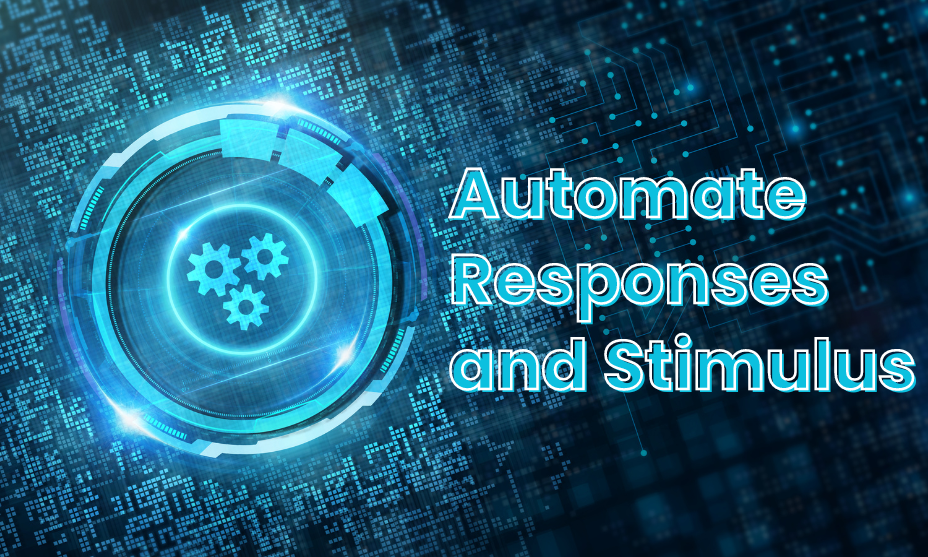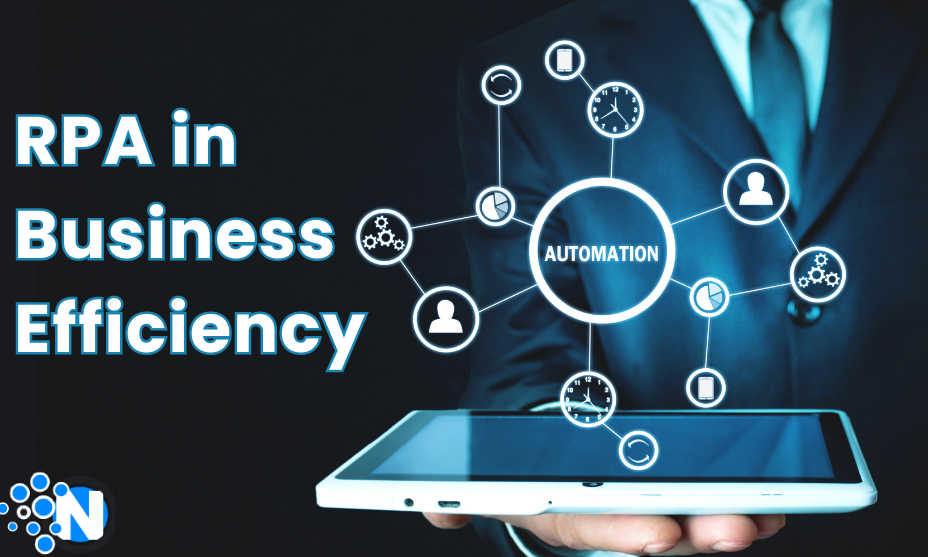Role of Robotics Process Automation in Business Efficiency
Robotics Process Automation (RPA) has arisen as a powerful instrument for enhancing business efficiency. RPA operates with software bots to automate monotonous, rule-based tasks that were earlier done by humans. Businesses can rationalize their processes, lessen human error, and improve functioning efficiency.
RPA can potentially accelerate several business processes, such as data entry, validation, report generation, invoice processing, and even customer support. RPA abolishes the risk of human error and safeguards precise and reliable results by avoiding manual interference. This saves time and also improves data integrity. Furthermore, RPA permits businesses to function 24/7, as software bots can work around the clock without essential breaks or vacations.
Two Main Types of RPA
- Traditional RPA counts on hard-coding routine tasks for automation. This exists as the most common form of RPA in this digital age.
- Machine learning and AI techniques are combined with RPA to permit it to perform more sophisticated tasks. It is being used to identify images, text, and speech; or to analyze unstructured data sets.
Automate Repetitive Tasks
Human employees are tasked with carrying out tedious responsibilities. This may increase the risk of human errors in business operations. Organizations are diverting to automation to abolish the danger of avoidable human errors. To attain higher business efficiency, agencies prefer RPA. It allows administrations to reassign employees to more desired business areas. It empowers quicker improvement and upsurges productivity. Employees can focus on more strategic and value-added activities by automating routine tasks. It will also promote employee gratification and engagement.
Leveraging the Flexibility of RPA
RPA offers flexibility and the ability of a computing process. By leveraging RPA, businesses can lessen costs, enhance working efficiency, improve accuracy, and bring faster and more consistent results. It can bring out in-depth business logic. Many organizations require composite rules that a robotic worker can accomplish flawlessly and swiftly without human interaction.
The flexibility of RPA assists in improving business competence by working on these processes. It may free up employees to detail on more effective and required tasks. Robotic workers do not forget to check the implication rules.
The Precision of Automation
The precision of RPA may lessen or abolish expensive mistakes that lead to incorrect analytics and dissipate businesses’ capital. The precision of automated workers efficiently produces monotonous and tedious tasks error-free. One of the largest benefits of this precision is that it decreases the chance of lost or inputting inappropriate customer information. An unimportant mistake can disintegrate the customer’s experience, leaving them with a meager opinion of your company. Automation makes This risk negligible, and your customer service team can offer customers a personalized, positive experience.
Expand Employee Contentment
The employee’s contentment is key in every business. Organizations should take care of this element while turning to RPA. Engage your employees to emphasize useful tasks while a robotic worker takes care of the dull ones. This activity will enhance employees’ contentment and become skyrockets your product. Employees’ engagement in their tasks has not been able to pay back, and one of the best ways to do that is by giving them meaningful duties. Launching RPA into the work fetches satisfied employees’ paybacks, like higher output, lesser income, and better business efficacy.
Refine Communication for Document Creation
Effective communication is a fundamental principle for any business. Several organizations are utilizing RPA to substitute their document creation tools for their communication processes. RPA can fabricate evictions in one document that prompts the same deviations in other ones. It eases the employee workload by manually eliminating the requirement to update multiple files with small edits. Many companies can certify that everyone, from end-users to employees, receives the current information about business developments with intelligent automation.
Automate Responses and Stimulus

RPA can enhance business efficiency by assisting management in their scheduling duties. They must identify common stimuli that require management to respond, such as customer complaints or low inventory levels. To determine the fitting response for each trigger includes pre-written emails, chatbot responses, or alerts to a detailed manager. You can choose a platform or tool like Zapier, IFTTT, or Python to automate these responses. Managers can automate forecasts, triggering robotic workers to direct firm responses when particular events occur. Test the automation to ensure it works as intended and make adjustments as necessary.
Business Productivity with Thoughtful Bots
Thoughtful Bots do have a positive impact on business productivity. RPA conveys enormous worth to any organization, but applying them requires a sincere investment that can take years to get back. That’s why Thoughtful bots are altering how businesses arrange automation. Get your fully managed RPA structure and squad of digital robotic workers and grasp payback on your investment in three to six months. List your specimen with Thoughtful to see how RPA can improve business productivity and free employees to focus on higher-value tasks.
Is Robotic Process Automation a Good Career?
Robotic process automation is a good career. Those developing RPA systems continue in high demand while RPA can lessen labor costs. These comprise roles from software developers to product managers and business analysts.
RPA Vs Other Enterprise Tools?
Automation technologies are altering business processes by rationalization existing procedures. RPA is a major sample of this development. It permits enterprises to alter modest and composite system processes while restrictive distractions to existing IT applications. Companies can effortlessly enlarge their business processes without upsetting substantial system renovations. It means benefits from automation will be realized within weeks, not years.
Conclusion
Robotic process automation (RPA) is designed as a powerful tool to improve business productivity. It assists with office-type functions that regularly require the capability to perform several types of tasks in a precise order. It generates and positions a software robot to launch and operate other software. The basic concept is similar to traditional manufacturing automation. It focuses on taking one portion of a workflow and creating a specialized robot.
As business needs evolve, RPA can easily adapt to changing requirements without significant additional costs. It allows businesses to automate specific processes or scale up to automate entire workflows, catering to individual business needs.





